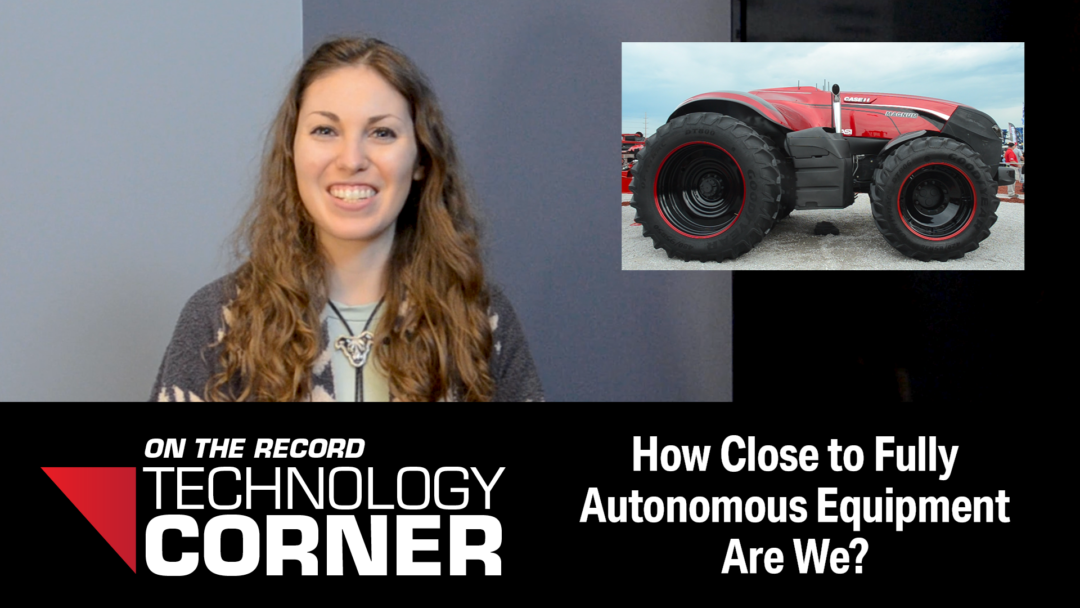Fully autonomous vehicles may be closer — and more necessary — than you think.
That’s the argument of Bill Lehmkuhl, owner of Precision Agri-Service, an independent precision dealer group headquartered in Ohio. Today, we’re taking a look at some of the highlights on his autonomy timeline.
In 2008, the John Deere Concept ITec Pro automated the entire driving function for qualified Deere tractors, giving less-skilled operators the ability to make more efficient and accurate turns.
The Fendt and Trimble Guide Connect, launched at AgriTechnica in 2011, featured a driverless tractor that automatically followed another operating tractor. The operator in the leading tractor could monitor and control both vehicles.
Other manufacturers soon followed suit. Kinze debuted its autonomous grain cart in 2013, which could follow the combine through the field, receive the load from the combine, and return and park following unloading.
The CNH Autonomous Project resulted in a cabless Case IH Magnum in 2016. The demonstration promoted seeding, planting and tillage for broad-acre and row-crop farming, and gave farmers a glimpse of how they’d be able to manage fields and oversee the operation of several vehicles at the same time.
Two years later, the DOT autonomous power unit debuted. Raven Industries acquired the company in 2020. The diesel-powered autonomous platform coupled with implements to drive itself and perform farming functions.
Yanmar also entered the fully autonomous space in 2018 with its 2-Series Robot Tractor. The autonomous driving machine aimed to enhance efficiency and reduce labor needs.
Sabanto Ag launched its custom planting project in 2019, which used remote-controlled tractors pulling a planter to seed several thousand acres of soybeans in the Midwest.
In 2020, Raven unveiled its AutoCart, which was later rebranded as OMNiDrive. The technology allows a combine operator to call a driverless tractor with a grain cart to follow alongside the combine and receive the load. CNH purchased Raven this year.
Looking to the future, Lehmkuhl says dealers may need to prepare to make additional investments in equipment and employees to service OEM units, standalone integrated platforms, swarm-type units and more.
“Autonomy is already in agriculture in many different forms. Some people just don't realize it. But in my mind, it's the next auto-steer. Autonomous vehicles won't be for everyone. But I think in the next 5 to 8 years, we'll see a big influx in this type of technology and autonomous vehicles.”
The 2022 Precision Farming Dealer Summit this January will feature a panel discussion on preparing your dealership for autonomy. For more information and to register for the event, visit precisionfarmingdealersummit.com.





Post a comment
Report Abusive Comment